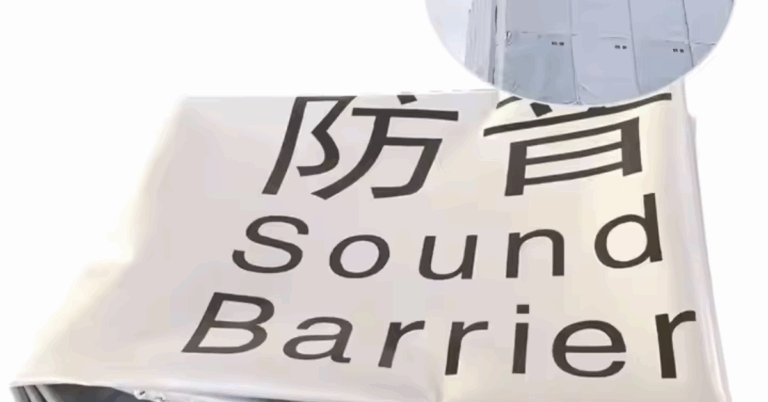Sell Your Car to a Dealer: A Comprehensive Guide
Sell Car To Dealer is one of the fastest and most convenient ways to get rid of your old vehicle while securing a fair price. Whether you are upgrading to a new car or simply want to sell your current one, dealerships offer a hassle-free process with minimal paperwork and quick payments. This guide will walk you through everything you need to know about selling your car to a dealer, including benefits, the selling process, factors affecting the car’s value, and essential tips to get the best deal.
Why Sell Your Car to a Dealer?
Quick and Convenient Process
Unlike private sales, which can take weeks or even months, selling to a dealer is a quick transaction. Most dealerships provide same-day offers and instant payments.
No Advertising or Negotiation Required
Selling privately involves listing your car, dealing with multiple buyers, and negotiating prices. A dealership eliminates this hassle by giving you a direct offer.
Guaranteed Sale
Private buyers may back out at the last minute, causing delays. When you sell to a dealer, you are assured of a completed sale as long as the car meets their requirements.
Trade-In Option
If you are planning to buy a new car, many dealerships offer trade-in options where the value of your old car is deducted from the price of a new one.
Professional Handling of Paperwork
Dealerships take care of the necessary paperwork, including title transfers and registration cancellations, saving you time and effort.
Steps to Selling Your Car to a Dealer
Step 1: Research Dealers
Not all dealers offer the same price for used cars. Research multiple dealerships that buy used cars to compare offers and find the best deal.
Step 2: Gather Required Documents
Ensure you have all necessary paperwork before visiting a dealer:
- Car title (proof of ownership)
- Vehicle registration
- Service and maintenance records
- Loan payoff details (if applicable)
- Personal identification
Step 3: Get a Car Valuation
Some dealerships offer free car valuation tools online. Enter your car details (make, model, year, mileage, and condition) to get an estimated price before visiting the dealer.
Step 4: Inspect and Prepare Your Car
A clean and well-maintained car attracts better offers. Consider:
- Cleaning the exterior and interior
- Fixing minor repairs
- Checking fluid levels and tire conditions
- Removing personal belongings
Step 5: Visit the Dealer for an Offer
Take your car to a dealership for an in-person inspection. The dealer will assess your vehicle’s condition, run a history check, and provide a purchase offer.
Step 6: Negotiate the Offer
Dealerships usually provide a lower initial offer. Be prepared to negotiate based on your research and the car’s estimated market value.
Step 7: Finalize the Sale and Receive Payment
Once you accept the offer, the dealership will handle the paperwork and payment. Most dealers offer immediate payment via check or bank transfer.
Factors Affecting Your Car’s Value
Make, Model, and Year
Popular car brands and newer models retain higher resale values compared to older, less in-demand vehicles.
Car Condition
Well-maintained cars with minimal wear and tear fetch higher offers. Dealers inspect for dents, scratches, tire condition, and engine performance.
Mileage
Lower mileage cars have higher resale values as they indicate less wear on the engine and transmission.
Market Demand
Cars in high demand, such as fuel-efficient models and SUVs, often receive better offers.
Service History
A complete service record proves that the car has been well-maintained, increasing its resale value.
Tips to Get the Best Price from a Dealer
Compare Multiple Offers
Visit different dealerships to compare offers and negotiate for a better deal.
Time Your Sale
Selling your car at the right time, such as before new models are released, can help you get a higher price.
Consider Minor Repairs
Fixing minor cosmetic issues, such as scratches or dents, can improve the car’s value.
Be Honest About the Car’s Condition
Providing accurate details helps ensure a fair valuation and avoids last-minute price reductions.
Check for Trade-In Deals
If you’re buying a new car, ask if the dealership offers trade-in bonuses or additional discounts.
FAQs About Selling a Car to a Dealer
How Long Does It Take to Sell a Car to a Dealer?
Most dealerships complete the process within a few hours, including car inspection and payment.
Can I Sell My Car to a Dealer If I Still Have a Loan on It?
Yes, but you need to provide loan payoff details. The dealer will pay off the remaining loan balance and give you the difference.
Do Dealerships Buy Cars That Are Not in Perfect Condition?
Yes, but the offer depends on the car’s condition. Some dealers buy damaged or non-running cars, while others only accept well-maintained vehicles.
Is It Better to Sell My Car to a Dealer or a Private Buyer?
Selling to a dealer is faster and more convenient, but private buyers may offer a slightly higher price. If you need a quick and hassle-free sale, a dealer is the better option.
Do I Need to Bring My Car to the Dealer for an Offer?
Yes, in most cases, the dealership needs to inspect the car in person before finalizing the offer.
Conclusion
Selling your car to a dealer is a fast, hassle-free way to get a fair price without the stress of private sales. By researching multiple dealers, preparing your car, and negotiating offers, you can maximize your return. Whether you’re looking to trade in your vehicle for a new one or simply want to sell it for cash, dealerships offer a secure and efficient solution. Follow the steps outlined in this guide to ensure a smooth and successful sale.







